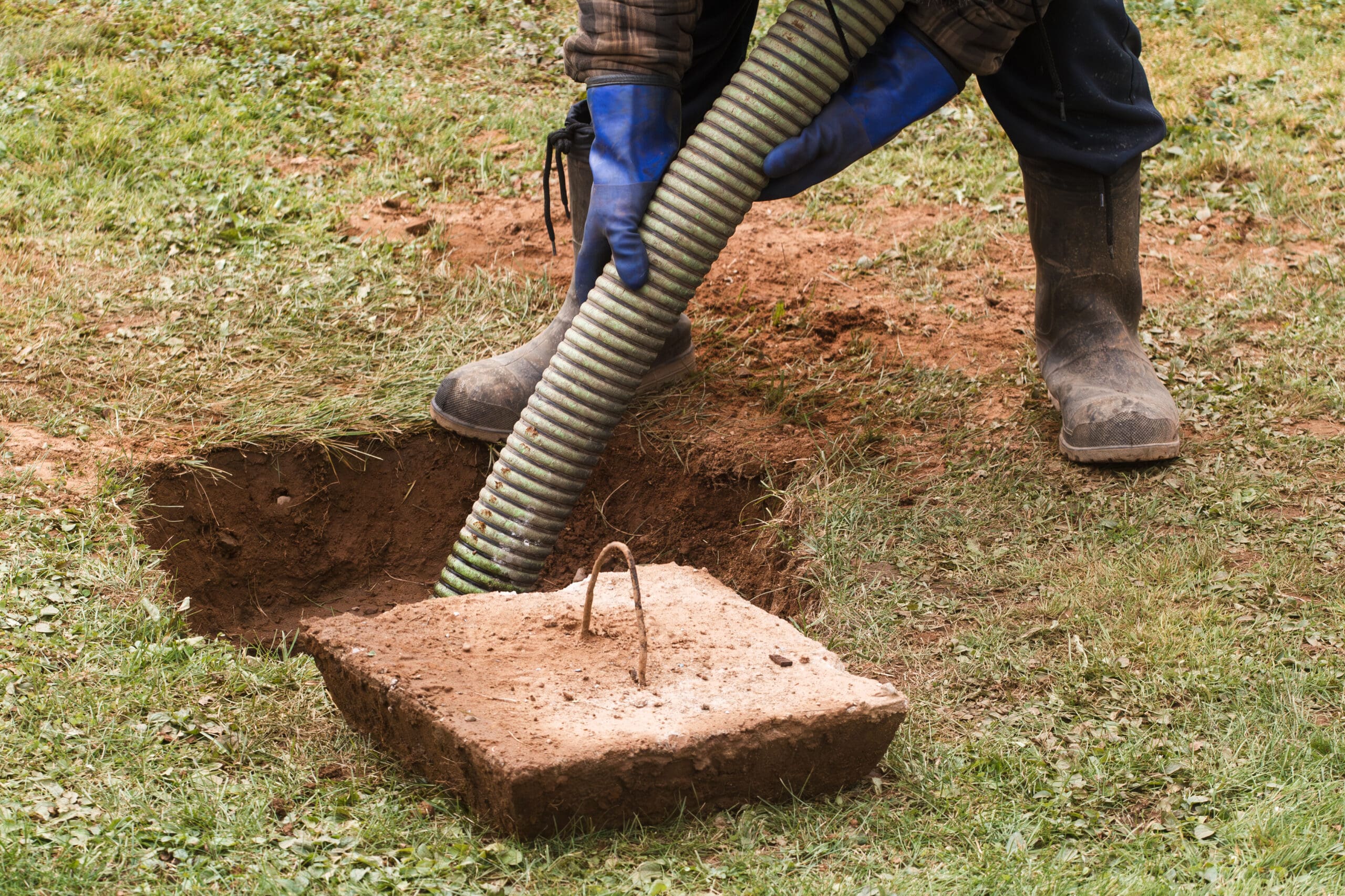For homeowners in Loudoun County, Virginia, a smoothly functioning septic system is essential for comfortable living. However, just like any other plumbing system, septic lines can fall victim to stubborn clogs. Whether it’s a gradual slowdown or a complete blockage, dealing with clogged septic lines can be a messy and inconvenient experience. Fortunately, Great Falls Septic Service offers effective solutions to restore proper flow and prevent potential chaos: professional septic jetting and snaking services. Understanding these two powerful methods can help you make informed decisions about maintaining a healthy septic system and avoiding unpleasant backups.
The Unseen Obstacles: Why Septic Lines Get Clogged
Before diving into the solutions, it’s helpful to understand why septic lines become clogged in the first place. Over time, various materials can accumulate within your pipes, restricting or even completely blocking the flow of wastewater . Common culprits include:
- Grease and Fats: Cooking oils and grease can solidify within the pipes, creating sticky blockages.
- Sludge and Solids: The natural byproduct of septic tank function, if not properly managed, can build up in the lines.
- Hair and Soap Scum: These common bathroom materials can easily tangle and form obstructions.
- Toilet Paper and Non-Biodegradable Items: Flushing excessive toilet paper or items that don’t break down easily can lead to clogs.
- Tree Roots: In the search for water, tree roots can sometimes infiltrate septic lines through cracks or joints, causing significant blockages.
Introducing the Power Duo: Septic Jetting and Snaking
When faced with a clogged septic line, professional plumbers often turn to two primary methods for clearing the obstruction: septic jetting and snaking. While both aim to restore flow, they utilize different techniques and are most effective in different scenarios.
Septic Jetting: The Force of High-Pressure Water
Septic jetting, also known as hydro jetting, is a highly effective method that utilizes the sheer power of high-pressure water to blast away blockages. Here’s how it works:
A trained technician inserts a specialized hose with a multi-directional nozzle into your septic line through an accessible cleanout. This hose is connected to a powerful pump that can generate water pressure ranging from 2000 to 4000 PSI, or even higher for particularly stubborn clogs. As the high-pressure water is released through the nozzle, it effectively breaks apart and flushes away even tough obstructions like hardened grease, accumulated sludge, mineral deposits, and less severe tree root intrusions.
Beyond simply clearing the immediate blockage, hydro jetting also provides a thorough cleaning of the pipe walls, removing built-up residue and helping to prevent future clogs. This makes it a more comprehensive and often longer-lasting solution compared to other methods. Additionally, hydro jetting is an environmentally friendly option as it uses only water to clean the pipes, without the need for harsh chemicals.
Septic Snaking: Precision Removal with a Flexible Cable
Septic snaking, also known as drain augering, is a more traditional method that involves using a long, flexible metal cable with a specialized auger or cutting head at the end. Here’s how the process typically unfolds:
A technician carefully inserts the cable into the drain line through an accessible point. The cable is then manually or electrically fed through the pipes until it encounters the blockage. The rotating action of the auger works to break apart the clog into smaller pieces, allowing it to be flushed down the line, or to hook onto the obstruction so it can be pulled back out of the pipe. Different types of snakes and cutting heads are available to tackle various types of clogs, from hair and soap scum to more stubborn obstructions and minor tree root intrusions.
Choosing the Right Approach: Jetting vs. Snaking
While both methods are effective, the best choice between septic jetting and snaking often depends on the specific situation.
- Septic Jetting is generally recommended for more severe blockages, including those caused by hardened grease, significant sludge buildup, and mineral deposits. It’s also an excellent option for preventative maintenance due to its thorough cleaning action.
- Septic Snaking is often the go-to solution for softer, more localized clogs like hair, soap scum, and minor toilet paper blockages. It can also be effective for dislodging smaller tree roots. Snaking is often a more cost-effective solution for simpler clogs and may be preferred for older plumbing systems.
In many cases, we may recommend a camera inspection to accurately diagnose the type and location of the blockage before deciding on the most effective clearing method.
Don’t Wait for the Backup: The Importance of Prompt Action
Ignoring clogged or slow-draining septic lines can lead to a host of problems, including unpleasant sewage backups into your home, slow-draining sinks and toilets, and foul odors. Addressing clogs promptly can prevent these issues, ensure efficient drainage, and even extend the lifespan of your entire septic system.
Great Falls Septic Service: Your Trusted Partner for Clear Septic Lines
At Great Falls Septic Service, we understand the importance of a healthy and free-flowing septic system. Our experienced technicians are equipped with the latest tools and expertise to provide both professional septic jetting and snaking services throughout Loudoun County, including Great Falls, Purcellville, Lovettsville, Leesburg, and Ashburn. Don’t let clogs cause chaos in your home. Contact us today to schedule your septic line clearing service and ensure your system is functioning at its best!


